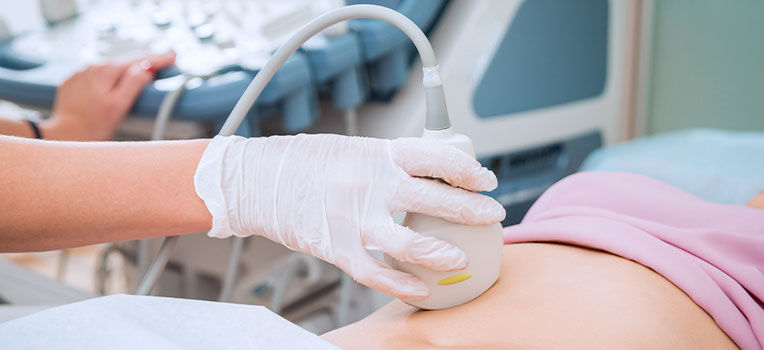Updated by the Progyny Editorial Team — September 2025.
Endometrial receptivity testing, often called an endometrial receptivity assay (ERA), is a diagnostic biopsy of the uterus. The goal is to identify the window of progesterone exposure that is most favorable for an embryo to implant.
This test is not recommended for everyone. That’s because research has not shown consistent improvements in live birth rates compared with standard embryo transfer timing. Professional organizations caution that the evidence is limited, so many reproductive endocrinologists (REIs), or fertility specialists, reserve it for select situations.
Understanding why timing matters can help explain the test’s purpose. In a natural menstrual cycle, after ovulation, your body produces the hormone progesterone. Progesterone prepares the uterus for implantation and supports early pregnancy, but the exact timing of this process can vary slightly from person to person.
Why your REI may suggest this test
Your doctor may suggest this test if:
- You’ve had unsuccessful embryo transfers in the past.
- You have a limited number of embryos.
- You are using embryos from an egg donor.
Talk with your doctor to see if this test is right for you.
How the test works
If your doctor suggests an ERA biopsy, here’s what typically happens:
- Your endometrial lining and hormone levels are monitored with ultrasound and bloodwork. This usually follows the same protocol as a frozen embryo transfer cycle and may include medications, such as progesterone.
- A mock cycle, or practice cycle, is needed to mimic how your uterus responds to hormones before the real transfer cycle.
- Once the lining is ready, your doctor performs an endometrial biopsy. A small piece of tissue is removed from the uterus and sent to the lab. The biopsy can cause some cramping, but it’s quick, doesn’t require anesthesia, and is often done in the consultation room.
At the lab, specialists analyze genes from the tissue sample to assess whether your uterine lining is receptive to an embryo.
Understanding the results
They usually fall into one of three categories:
Receptive
Your lining was within the window of implantation, meaning progesterone exposure was timed correctly. Your doctor may recommend using the same protocol for the actual transfer.
Pre-receptive
Your lining was not ready yet due to insufficient progesterone exposure. Your future transfer cycle may include additional time on progesterone — often 12 to 24 hours more than the standard six days.
Post-receptive
Your lining had already passed the ideal window. This suggests progesterone started too early. A repeat biopsy may be needed to confirm timing, and your transfer protocol may shorten progesterone exposure by 12 to 24 hours.
Occasionally, results are inconclusive. In that case, a repeat mock cycle and biopsy may be required.
Key takeaway
Hormones are generally consistent from month to month, but certain factors can influence your implantation window. This test may help fine-tune the timing of embryo transfer, but it’s not recommended for everyone. Talk with your doctor to learn more.
Progyny is here for you, too. Please contact your Progyny Care Advocate for support.
Disclaimer: The information provided by Progyny is for educational purposes only and is not medical advice. Always consult a qualified healthcare provider for medical guidance.
